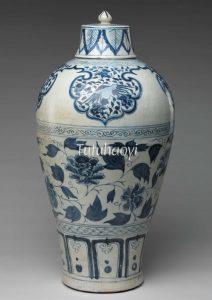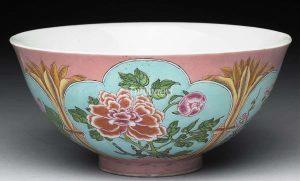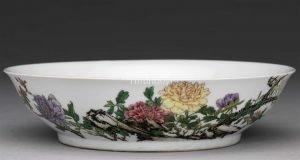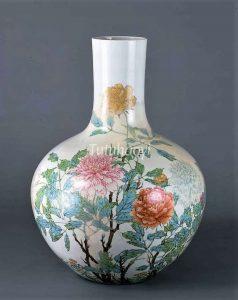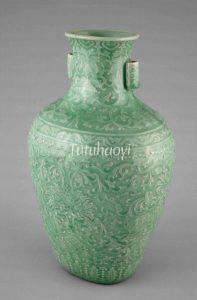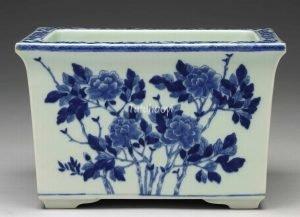Peony
牡丹花
© Tutuhaoyi.com owns the copyright of the description content for the images attached. Quoting all or part of the description content on this page is permitted ONLY IF ‘Tutuhaoyi.com’ is clearly acknowledged anywhere your quote is produced unless stated otherwise. (本页描述内容版权归Tutuhaoyi.com所有,转发或引用需注明 “Tutuhaoyi.com”, 侵权必究, 已注开源信息的条目除外。)
The peony is traditionally considered the most prestigious flower in China. It is symbolic for power, royalty, wealth, and high rank. The ancient town Luoyang 洛阳 was famous for rare and beautiful varieties of peonies. The nickname of peony in Chinese is called ‘fu gui hua 富贵花’, literally meaning the flower of wealth and prestige.
Related Motif:
Related Pun Pictures:
May your wealth and privilege expectable 富贵有期
You may become rich by receiving good education 读书出富贵
Related Story:
Pei Shaojun on horseback meeting Li Qianjin over the garden wall 裴少俊墙头马上
Fig 1: vase from Cizhou kiln, 12th century, courtesy of the ATAKA Collection, the Museum of Oriental Ceramics, Osaka, photograph by MUDA Tomohiro
Fig 2: porcelain dish, Song dynasty (960–1279), courtesy of the Art Institute of Chicago
Fig 3-4: bottle with peony scroll, Yuan dynasty (1271–1368), courtesy of the Metropolitan Museum of Art, NY
Fig 5-6: porcelain bowls, Hongwu period (1368–98), Ming dynasty, courtesy of the National Palace Museum, Taipei
Fig 7: porcelain vase, Yongle period (1403–25), Ming dynasty, courtesy of the National Palace Museum, Taipei
Fig 8: porcelain dish, Xuande period (1426–35), Ming dynasty, courtesy of the ATAKA Collection, the Museum of Oriental Ceramics, Osaka, photograph by MUDA Tomohiro
Fig 9: porcelain vase, 17th century, courtesy of Cantor Arts Center, Stanford University
Fig 10: porcelain bowl with enamelled decoration, Kangxi period (1662–1722), Qing dynasty, courtesy of the National Palace Museum, Taipei
Fig 11: porcelain dish with enamelled decoration, Yongzheng period (1723–35), Qing dynasty, courtesy of the National Palace Museum, Taipei
Fig 12: porcelain vase, Yongzheng period (1723–35), Qing dynasty, courtesy of Tokyo National Museum
Fig 13: square copper pot with enamelled decoration, Qianlong period (1736–95), Qing dynasty, courtesy of the National Palace Museum, Taipei
Fig 14: porcelain jar, Qianlong period (1736–95), Qing dynasty, courtesy of the Art Institute of Chicago
Fig 15: porcelain square basin, Guangxu period (1875–1908), Qing dynasty, courtesy of the National Palace Museum, Taipei



